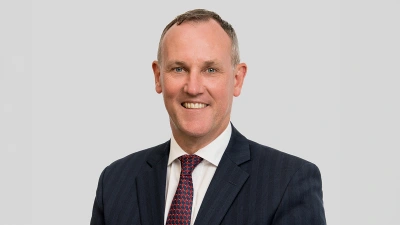SMSFs may be way of the future: Cooper


Self-managed superannuation funds (SMSFs) may be the way of the future as more people seek more information and control over their retirement savings.
This was the assertion of Jeremy Cooper, chairman of the Super System Review, who spoke at the Self-Managed Super Fund Professionals’ Association of Australia conference in Melbourne.
Cooper said in 25 years, assisted by improved technology and increased financial literacy, people may generally take on the absolute responsibility for their retirement savings through SMSFs.
“In this BlackBerry world, people want more information and control,” he said. However, he warned that Australians are nowhere near there yet.
While Cooper could not comment on the direction of the third phase of the Super System Review as submissions close on Friday, he said a statistical summary compiled in conjunction with the Australian Taxation Office gave the review panel a good idea that the sector is “in pretty good shape”.
He said the sector nearly doubled in the 2004 to 2008 period, becoming cheaper to run.
“We also saw pretty good compliance records, and the average net investment returns were at least as good as other sectors,” he added. “It’s a pretty good score card.”
However, he said the review did identify areas for improvement.
Cooper said there is more room for better information, especially directed at high quality investors, and there needs to be more growth in the service provider sector. For example, he said the statistical summary highlighted that only 50 per cent of the 150,000 auditors in the country service the sector, with each auditor doing less than four audits.
Other issues of concern include the number of SMSFs with below $200,000 in assets, whose members are paying a higher proportion of costs to run the SMSF while suffering lower returns.
Asset allocation is also a worry, Cooper said.
“About 20 per cent of all SMSFs have all their investments in a single asset class — on the face of that it doesn’t sound too good,” he said.
However, Cooper asserted that SMSF members on the whole seem to be doing quite well, taking more responsibility for savings and achieving good returns.
He said the panel is conscious of any unintended consequences of the recommendations they make, which would inadvertently lead to increased regulatory burden and costs.
Recommended for you
AMP is to launch a digital advice service to provide retirement advice to members of its AMP Super Fund, in partnership with Bravura Solutions.
Unveiling its performance for the calendar year 2024, AMP has noted a “careful” investment in bitcoin futures proved beneficial for its superannuation members.
SuperRatings has shared the median estimated return for balanced superannuation funds for the calendar year 2024, finding the year achieved “strong and consistent positive” returns.
The second tranche of DBFO reforms has received strong support from superannuation funds and insurers, with a new class of advisers aimed to support Australians with their retirement planning.












